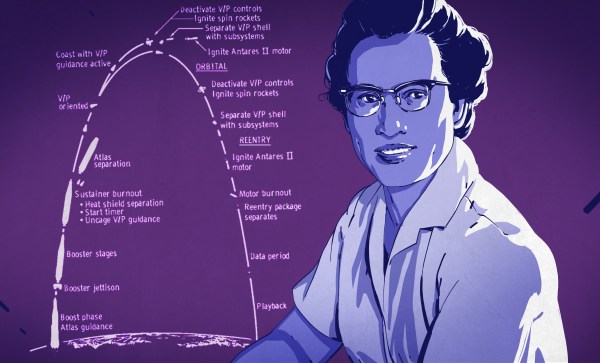Have you ever heard the old axiom that if you want to design a simple system, ask yourself if your grandmother could use it? Maybe that was on Wired’s mind because they asked a quantum computing expert — particularly IBM’s [Dr. Talia Gershon] — to explain what exactly quantum computing is at 5 levels. In the video they shot, which you can see below, [Dr. Gershon] talks to a younger child, a teenager, an undergraduate computer science student, a graduate student, and then a physicist.
We enjoyed some of the analogies of spinning pennies and the way she was able to bring the topic to an appropriate level for each of the participants. Truthfully, the final segment with the physicist ([Dr. Steven Girvin] was more of a conversation than an explanation, but it was interesting to hear his views on fault tolerance and how likely certain things were to occur in the near future.

















